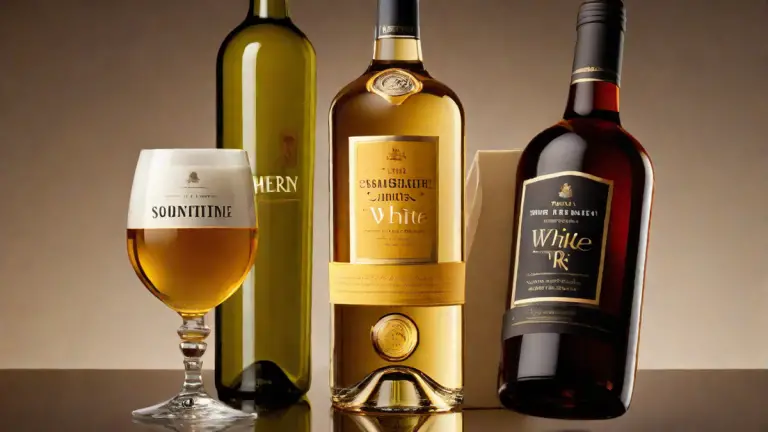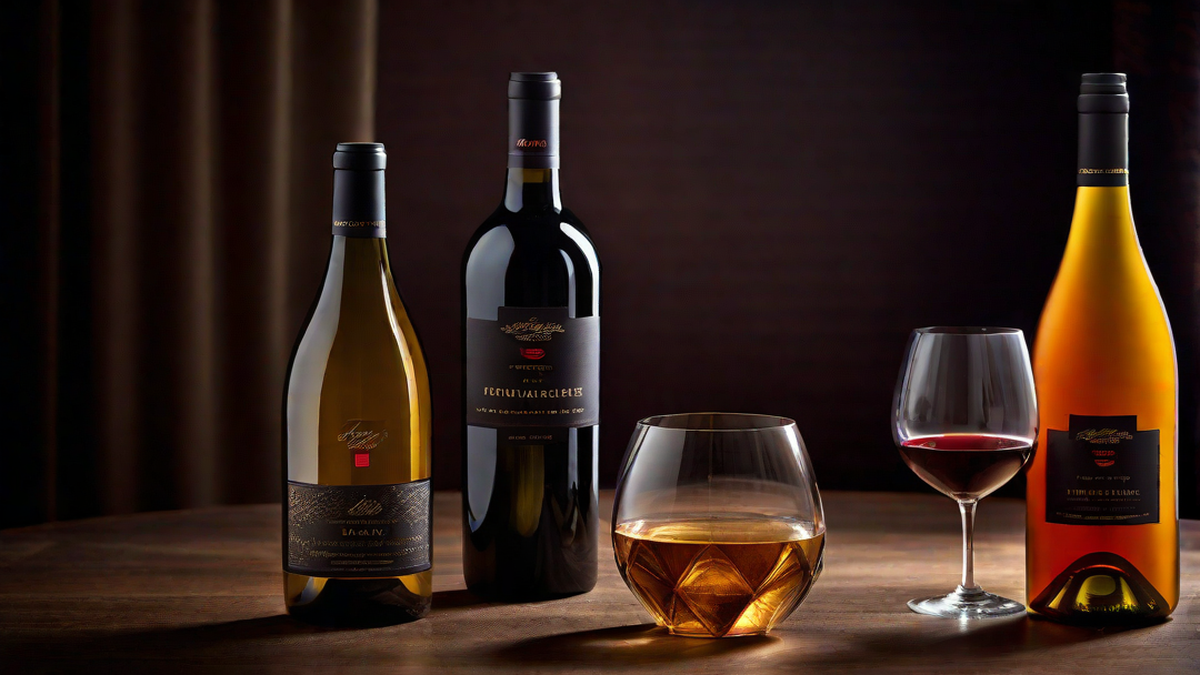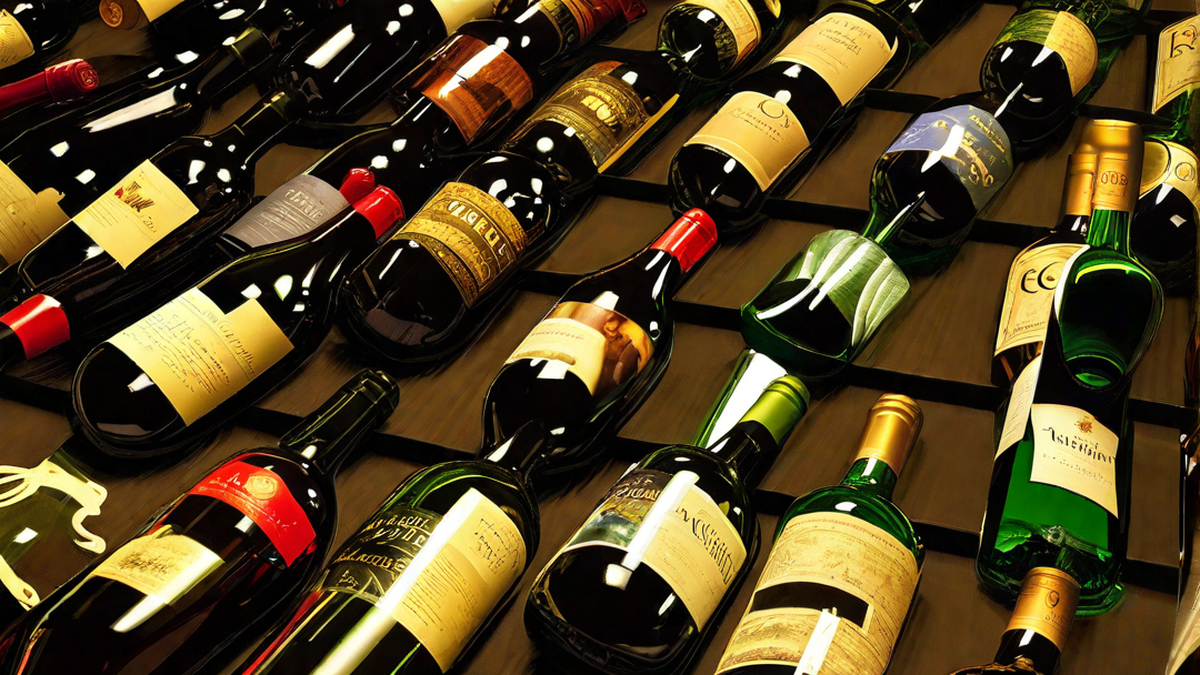In the realm of culinary arts and matching wine with dishes, queries frequently arise regarding the replacement of one wine variety with another. In this session, I’m going to delve into the discussion on using sherry as a substitute for white wine. Being an aficionado and connoisseur of wine, this is a topic I’ve come across on numerous occasions, and I’m thrilled to impart my knowledge on this matter to you.
Understanding Sherry
Sherry is a fortified wine that originates from the Andalusia region of Spain. It comes in various styles ranging from dry to sweet, and it’s known for its complex flavors and versatility in the kitchen. The aging process and grape varietals used in sherry production contribute to its unique profile, making it a desirable option for many culinary applications.
Substitution in Cooking
When it comes to substituting sherry for white wine in cooking, it’s important to consider the specific dish and the flavor profile you’re trying to achieve. While white wine is a common ingredient in many recipes, sherry can offer a distinct depth of flavor and richness that enhances certain dishes.
For example, in a seafood risotto recipe that calls for white wine, substituting sherry can add a nutty, slightly sweet undertone that complements the flavors of the seafood. Additionally, in creamy sauces or soups, sherry can bring a delightful complexity that may not be achieved with white wine alone.
Pairing Sherry with Food
Now, when it comes to pairing sherry with food at the table, its versatility shines through. From dry and crisp Fino or Manzanilla styles to the rich and sweet Pedro Ximénez, there’s a sherry for every occasion.
I often recommend a dry sherry such as Fino or Manzanilla as an aperitif or paired with tapas and seafood due to their bracing acidity and distinct saline notes. On the other hand, a nutty Amontillado can beautifully accompany roasted meats and aged cheeses, offering a wonderful contrast of flavors.
Personal Experience
As someone who has experimented with sherry in both cooking and pairing, I can attest to its ability to elevate dishes and enhance dining experiences. One of my favorite culinary discoveries was using a dry Amontillado sherry in a mushroom risotto, which added a remarkable depth of flavor and earthy complexity.
Conclusion
In conclusion, while there are differences between sherry and white wine, the unique characteristics of sherry make it a compelling option for both cooking and pairing with food. Its versatility and range of styles offer a world of culinary exploration, and I encourage you to incorporate sherry into your culinary adventures. Whether substituting sherry for white wine in a recipe or exploring sherry pairings at the table, the world of sherry is undoubtedly a delightful journey for wine enthusiasts and food lovers alike.




